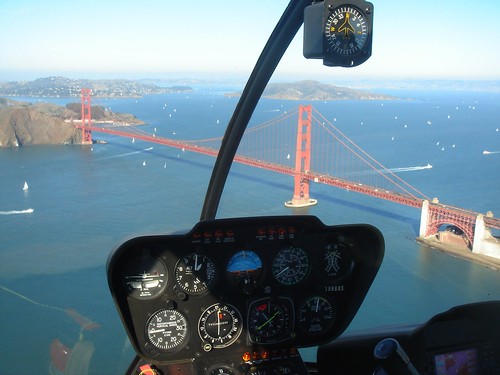There's a book called "Turn Signals are the Facial Expressions of Automobiles", which deals at length with the kind of dysfunctional man-machine interfaces that annoy all of us from time to time. If it's true, then the automobiles made by Opel (the European arm of GM, at least for now) must have eaten something very nasty.
Turn signals (direction indicators for my UK readers, if any) have been operated in the same way ever since flashing lights replaced pop-up arms that stuck out of the side of the car, which is to say the early 1950s. You push the little arm up to turn left, down to turn right, and it stays there, making the corresponding lights flash, until either you straighten the wheel up after the turn, or you turn them off manually. It's simple, it's intuitive, and it's easy to build.
It's a shame that, along the way, manufacturers have never been able to agree about which side this otherwise universal control should be. So every now and then, when you rent a car, you find yourself turning on the wipers instead of signalling. Even so, it's immediately obvious what you've done, and what to do about it. Since turning the signals on and off is never an emergency, it's no more than a minor nuisance.
Sometimes it takes real genius to look beyond the mould of convention and make the leap to a new and far better way of doing things. Unfortunately genii are rare, and when the non-genius tries the result is rarely a success.
Such is the case at Opel (and their UK badge-engineered variant, Vauxhall). If something has been in use for over half a century, works well, and is familiar to every driver on the planet, then surely it must be time to come up with something gratuitously different. And so they have.
My guess is that someone on the production side worked out that the mechanism that holds the arm in place, and returns it to the neutral position as the wheel turns, represents a few dimes that could be saved in the production of every car thanks to the miracle of electronics. Who needs springs and cams when you can do the same thing with some silicon?
And so if your rental car turns out to be an Opel you will find that the indicator stalk is sprung so it always returns to the neutral position. To turn left, you push it up, the silicon equivalent of a cam and a spring remembers it is there, the signals blink, but the memory is strictly non-mechanical. This is surprising at first, but you barely notice. You make your turn, and when you straighten the wheel out afterwards another miracle of the electronic era turns the signal off. So far, so good.
The problem comes when you make a lane change. In the US of course this problem doesn't arise. People rarely signal at all, and never (in my experience) for a lane change. But in Europe people still do, and it seems polite to follow suit. Since there are no large steering wheel movements, the signal does not automatically cancel. You have to do it yourself. You can't move the stalk back to the neutral position, because it's already there. So what do you do? Well, the only option is to push it in the opposite direction, i.e. downwards if you were signalling left. This works, in that the left signal stops signalling. Unfortunately, what happens now is that you are signalling right instead. Given that you probably just pulled into the left lane, this will certainly confuse following traffic (if they pay any attention to these things). So now, how do you stop the right signal? Only one choice... push the stalk upwards. You can guess what that does. At this point, you just have to hope that the police are not close behind you, because if they are they will certainly pull you over and give you a breath test. (Well, maybe not if they are driving an Opel too, because then they will understand the problem).
I can say from experience that there exists some combination of circumstance and action that does completely turn off the indicators. You don't have to make a 360 degree turn on the highway, although it may start to feel like the only solution. However it's not something you can ever figure out or remember. Sometimes, some amount of waggling the stupid arm stops the signals, sometimes it doesn't. I've even heard of a case - certainly not from personal experience, as I'm sure you will realise - where a driver has become so frustrated at the stupid @#$^^%$@# thing that they have ended up yanking the stalk right off. (It's made of some feeble soapy plastic, that breaks very easily. No doubt this saves another cent or two on the production. I've also heard - not that I would know personally - that superglue will hold it in place well enough to last until the next rental).
My first experience of this technological leap was several years ago, in a rented Opel Zafira. It was a terrible car; if blogs had existed at the time, I would certainly have written more about it. But this the worst of its many sorry misfeatures. However I'm pleased to say the engineers at Opel are not deterred by any kind of temporary setback. My son is now learning to drive, in a Vauxhall. He swears that he will never, ever buy one - because of their bizarre and dysfunctional indicators. (And no, I hadn't told him what I thought of them).
It's a reassuring constant that when people, and companies, make mistakes, the last thing they will do is correct them, since that would be showing weakness. Instead they persevere, in full denial that they could ever have done anything wrong. Occasional lapses from such behaviour (such as the Austin Allegro's square steering wheel - and no, I'm not making it up - which indeed was corrected very quickly) are satisfyingly rare.




